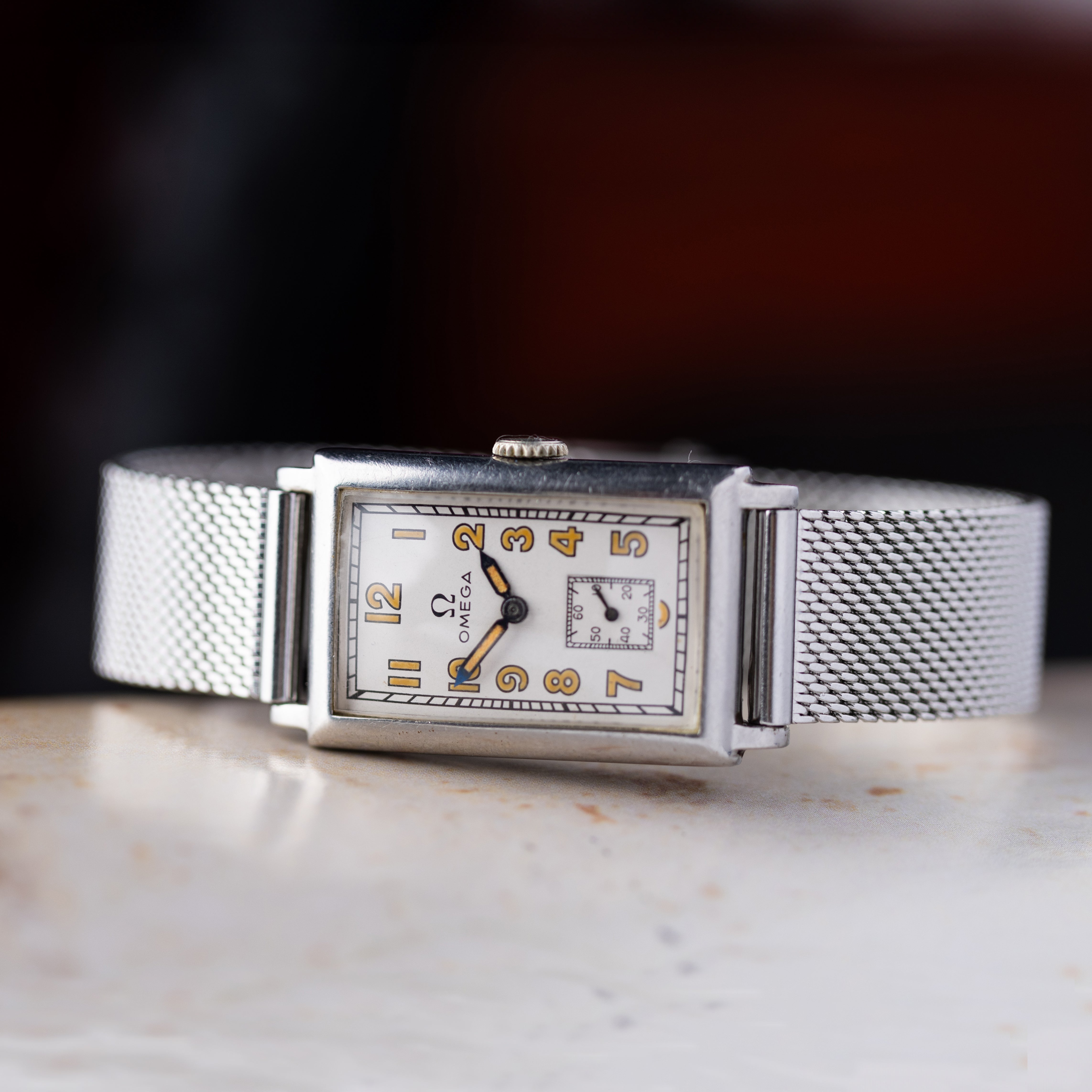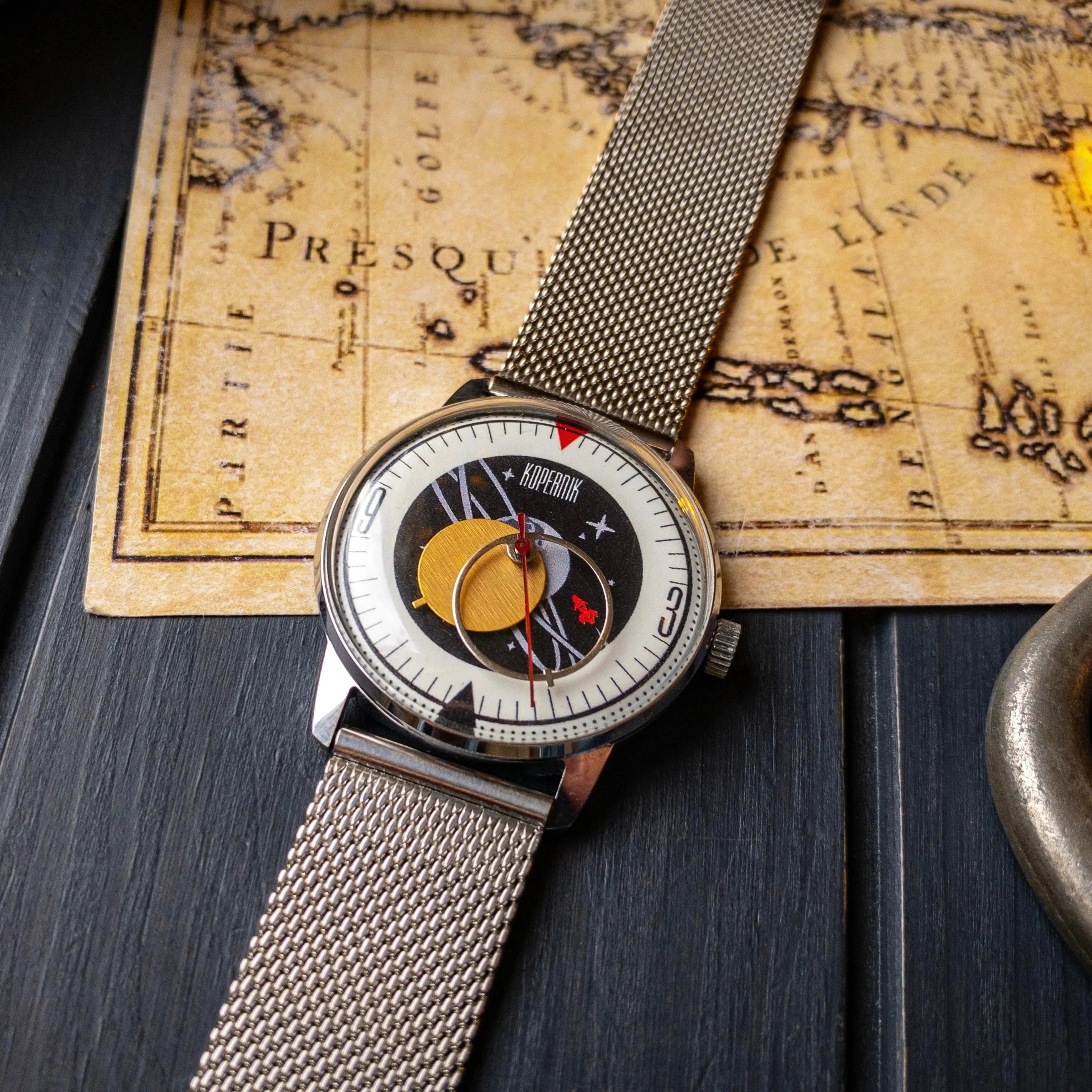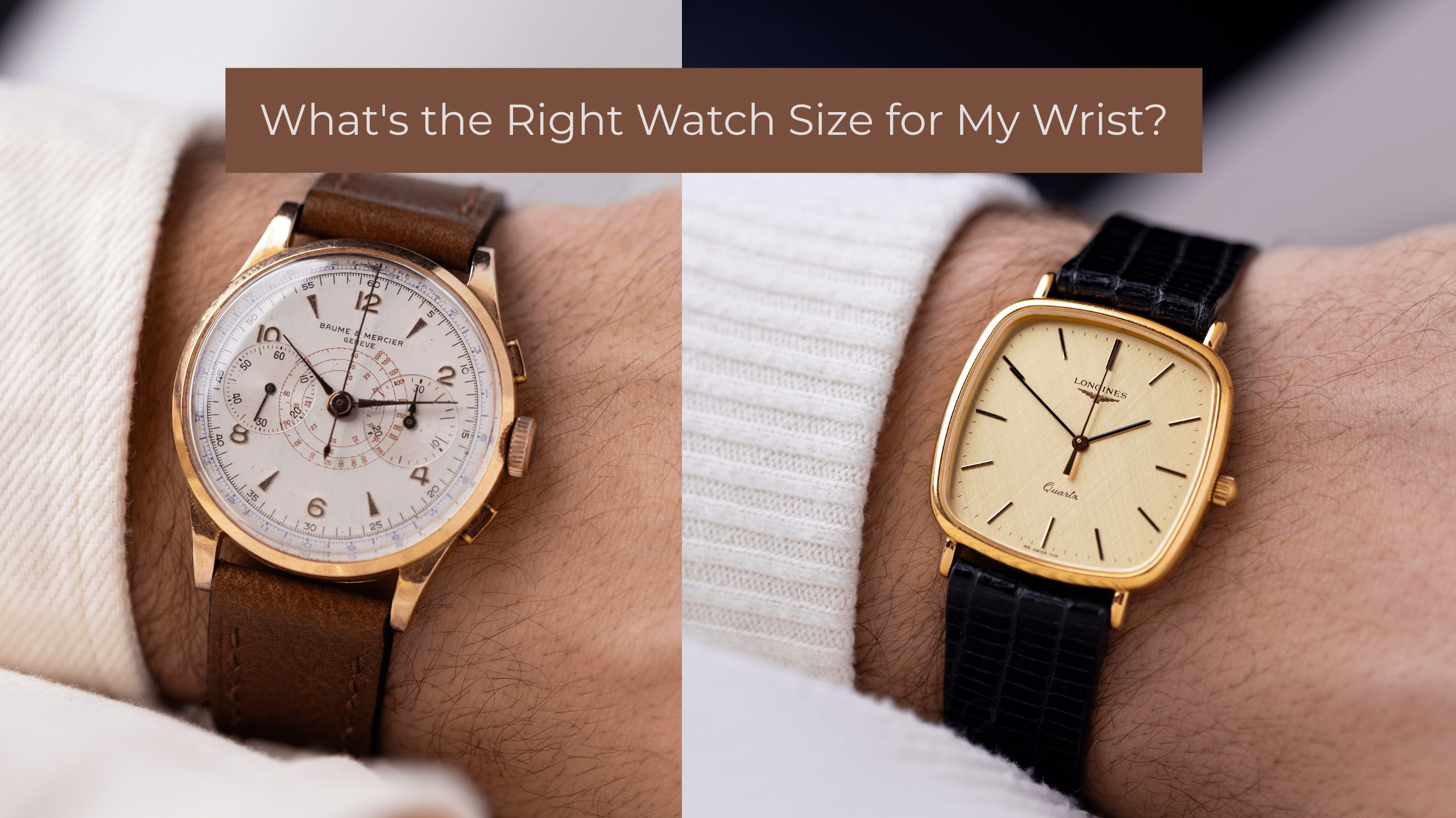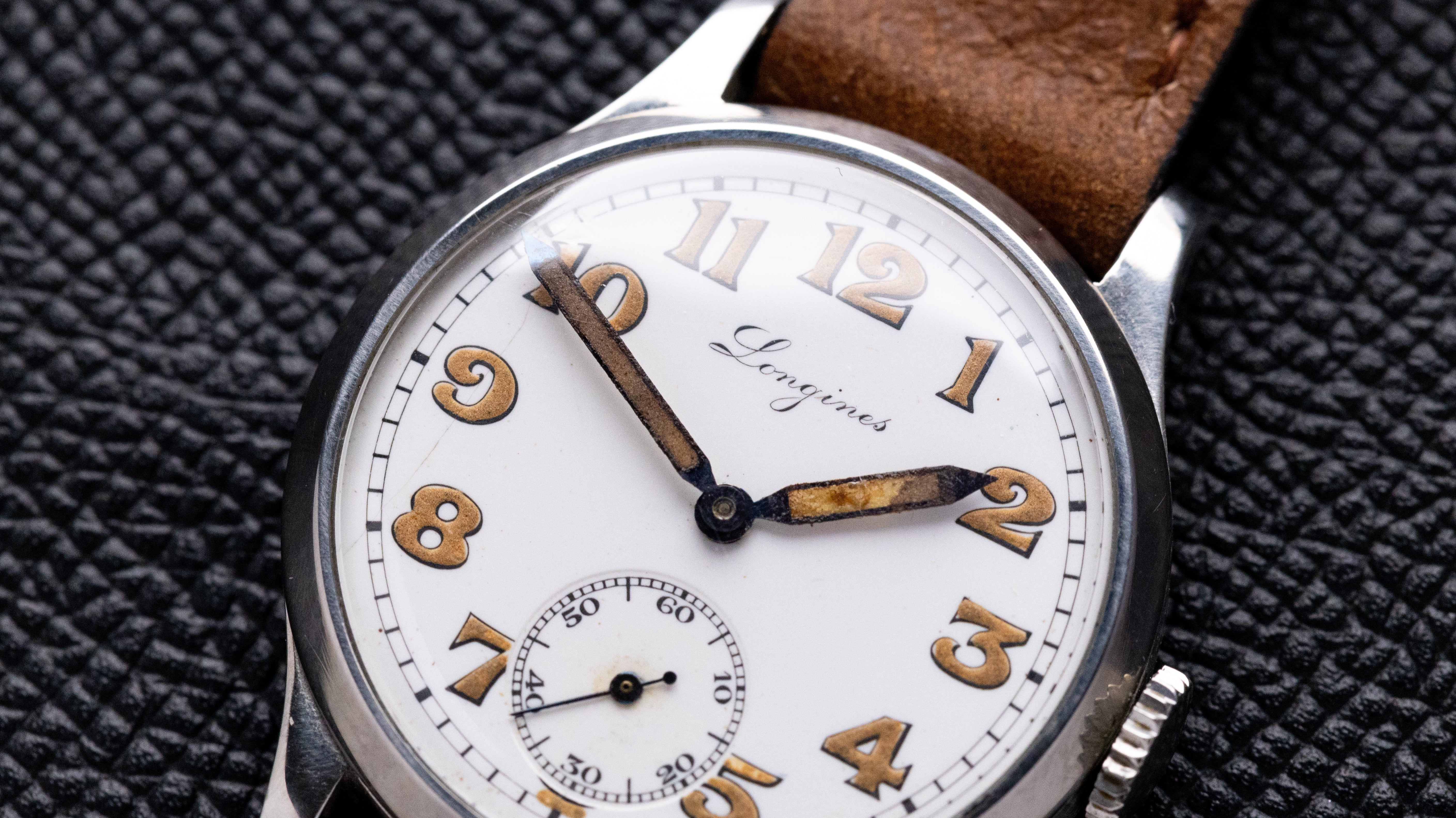The Soviet Union, besides its political ideologies and space programs, carved out a noteworthy niche in the realm of horology. Timepieces crafted within its borders were not mere accessories, they were symbols of Soviet technological prowess, reliability, and unique aesthetics. This discourse isn't about glorifying Soviet watches merely for their origin, but rather, recognizing the qualities that made them stand out in their time and even remain relevant in contemporary collector circles.
The Soviet Watchmaking History
Soviet horology finds its roots in the 1920s, shortly after the October Revolution. The First State Watch Factory, relocated from Moscow to Zlatoust following the German invasion during World War II, played a seminal role in creating domestic timepieces. Initially, these watchmakers relied heavily on borrowed technology, with movements like the Type-1 based on defunct Swiss designs.
By the 1950s, horology in the USSR flourished, focusing on creating designs that catered to a broad audience. The 'Rodina' was one such example, offering an affordable automatic watch for the masses.
The 'Sturmanskie', the first watch in space, worn by Yuri Gagarin, was another marvel.

Sturmanskie Authentic Type 2
Gagarin's watch, Soviet Astronauts' watch Original Radium dial.
$1,200.00
See More'Vostok Amphibia', a high-end dive watch engineered to withstand harsh underwater conditions, underscores the technological capabilities of Soviet watchmakers.
Prominent factories like Raketa and Poljot emerged during this period. These establishments not only created jobs but also fostered a culture of watchmaking that echoed through generations. In essence, Soviet watchmaking was an amalgamation of practical necessity, inventive engineering, and cultural pride.
Quality and Durability
A watch’s virtue lies in its reliability, and Soviet watches excelled in this arena. The USSR designed watches that were robust, reliable, and easily serviced — a principle reflected in models like the Vostok Komandirskie and the Raketa 24-hour watches.

Vintage Omega Swiss Watch, Silver Dial, Roman Numerals, Cal. 30T2 SC from 1944
Silver dial with Roman numerals, a true collector's piece.
$1,250.00
See More
These watches boasted movements built to last. Many employed the 2609 HA movement, known for its simplicity and durability. The ruggedness of these timepieces was remarkable, partly owing to the absence of planned obsolescence in Soviet production philosophies. Soviet watches, thus, were built as a long-term investment rather than a disposable commodity.
The build quality was also notable, with sturdy cases, often of chrome or stainless steel, providing substantial protection. Acrylic crystals, although prone to scratches, could absorb impact without shattering, an advantage over their glass counterparts. Furthermore, they were easy to polish, making them as good as new with minimal effort.
Interestingly, some of these watches not only survived decades of wear and tear but also challenging conditions. For instance, Vostok watches were popular among military personnel and explorers for their durability. The Vostok Amphibia was designed with a self-increasing water resistance system, offering a practical solution for deep-sea divers.
In essence, the durability and quality of Soviet watches were not just a marketing gimmick but a testament to thoughtful design and commitment to longevity. These timepieces were built to serve, to endure, and to bear witness to the passage of time - a philosophy that resonates with watch enthusiasts even today.
Innovative Design and Craftsmanship
Soviet watch designs often broke the mold of traditional Western horology. Distinct aesthetics, coupled with ingenious solutions, set them apart. Notably, the Raketa 'Polar' watch, engineered for polar explorers, featured a 24-hour dial to combat the relentless polar daylight confusion. This distinctive solution showcases the out-of-the-box thinking of Soviet horologists.
Innovative craftsmanship also came to light in diver watches like the Vostok Amphibia. Unlike traditional designs relying on thick cases for deep-sea pressure resistance, the Amphibia featured a case back design that became more watertight with increasing pressure. This practical innovation reflected the ingenious engineering within Soviet horology.
The dial designs mirrored the socio-political milieu of the time, often adorned with military, space, and factory motifs. These design elements tell a story, weaving the wearer into the fabric of Soviet history. This distinct design language extended to numerals, hands, and cases, giving Soviet watches a unique visual appeal that differentiates them from Western counterparts.
Soviet watchmaking also marked an early move towards quartz, with Elektronika creating the first Soviet digital quartz watch. Such initiatives highlight the willingness of Soviet horologists to push the boundaries of traditional timekeeping.
Affordability and Accessibility
Soviet watches were designed for the people. The underlying philosophy was affordability without compromising quality. Even complex models like chronographs and automatic watches were priced reasonably. This democratization made reliable, quality timekeeping accessible to a broad population segment.
The affordability, however, did not stem from cutting corners, but rather from the state-controlled economy that emphasized large scale production and modest profit margins. The affordability factor, combined with diverse designs catering to different professions and tastes, made Soviet watches omnipresent across the USSR and beyond.
Significance in the Global Watch Market
While Swiss and American watches dominated the global watch industry, Soviet watches carved out a distinctive niche. They combined quality, innovation, and affordability, making them a formidable force in the international market.
They competed with Swiss counterparts not by mimicking them but by offering alternatives in design, craftsmanship, and price. This non-conformist approach gave rise to timepieces that stood their ground, like the Poljot 'Strela', a mechanical chronograph that won international acclaim for its quality and accuracy.

Poljot Strela Seconda
All Original, Cal.3017, Soviet chronograph for Aviators and Astronauts.
$1,690.00
See More
Soviet watches also influenced the 'tool watch' sector, with robust models suitable for various professions and outdoor activities. Their robust military watches, dive watches, and aviation pieces set standards in the field. These timepieces were known for their ruggedness and reliability, drawing the attention of watch enthusiasts and collectors worldwide.
Soviet watches' impact on the global market testifies to the inventive spirit of their watchmakers and the enduring appeal of these unique timepieces.
Soviet Watches Today: A Collectible Niche
Today, Soviet watches occupy a special corner in the world of horology. They offer collectors a distinctive blend of history, mechanical innovation, and unique design language. The hunt for well-preserved Soviet-era watches has grown, attracting enthusiasts who appreciate the narrative these timepieces carry.
From a Raketa World Timer to a Poljot Strela, these watches not only tell time but also stories of their era. They are reminders of the ingenuity and resourcefulness of Soviet watchmakers. Furthermore, the durability of these timepieces makes them functional collectibles, not just historical artifacts.
The accessibility and affordability of Soviet watches remain appealing, even in the collectors' market. This, coupled with the growing rarity of certain models, makes them an interesting proposition for collectors worldwide. In essence, the allure of Soviet watches extends beyond their origin to their distinct identity in the world of horology.
Soviet watches were more than mere products of their time. They embodied an innovative spirit, commitment to quality, and a design language that echoed the era's ethos. The longevity of these timepieces, their continued relevance, and growing collectible appeal testify to their enduring charm. They stand as a testament to a unique chapter in the annals of horology, marking the Soviet Union's indelible contribution to the world of timekeeping. In retrospect, these timepieces were not just the best watches of their time, but also a timeless heritage that continues to intrigue and inspire.











